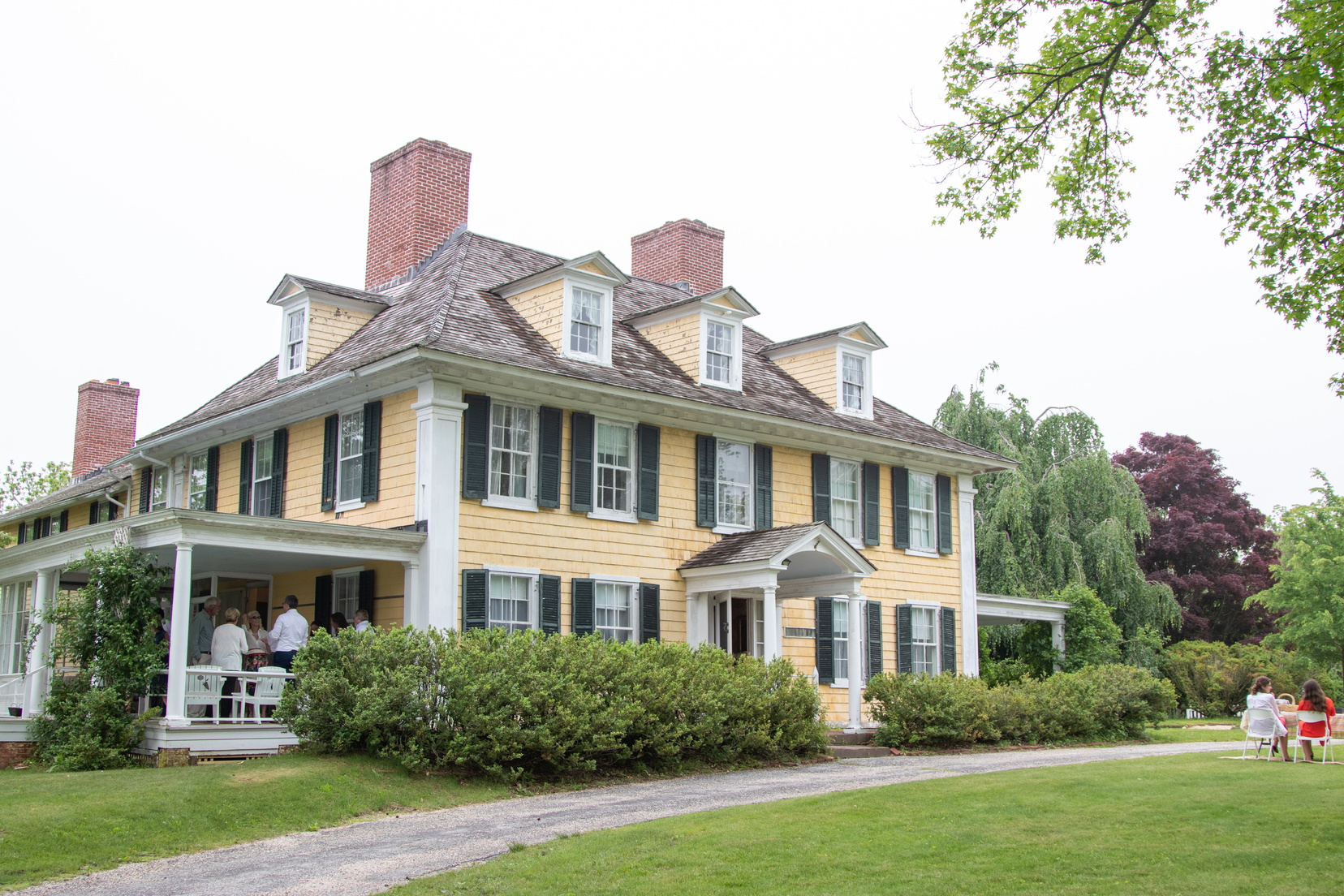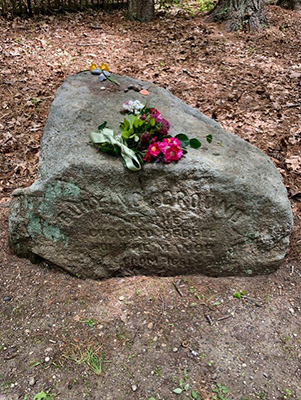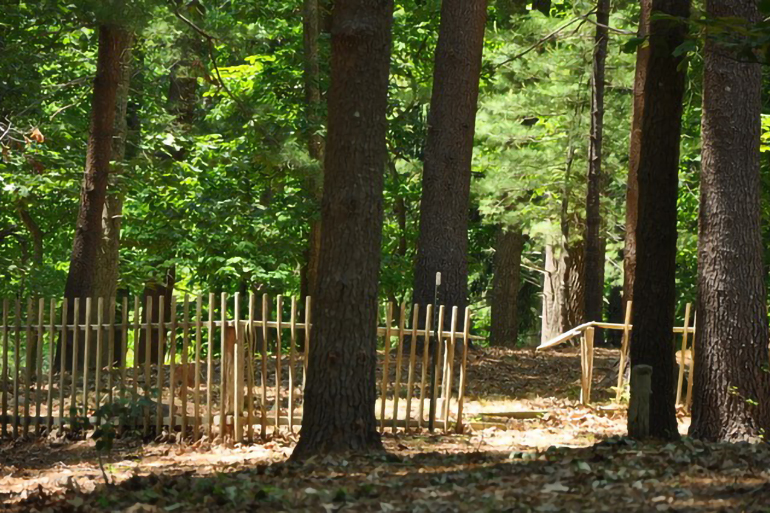Unearthing Hard Truths: Archaeologists Study Afro-Indigenous Burial Ground at Sylvester Manor

Archaeologists are slowly unearthing the truth about slaves, free people of color and Native Americans who were buried generations ago in unmarked graves at Sylvester Manor Educational Farm, the former plantation on Shelter Island.
Shane Weeks of the Shinnecock Indian Nation kicked off the survey last fall with a ceremony held at the manor’s cemetery, which is considered to be an ancestral burial ground of the Manhansett tribe that called Shelter Island their home for millennia before European settlers arrived. The site was later used to inter enslaved Africans brought to work at the plantation from the colonial era until 1908, when a free woman of color became the last known person to be buried there. Now, the manor-turned nonprofit education center, local tribes and archaeologists are joining forces on a three-year study dubbed the Afro-Indigenous Burial Ground Partnership, which is billed as the first of its kind nationwide.
“This project has the potential to be a model for archaeologists, historians and culturally significant sites around the nation,” said Stephen Searl, executive director for Sylvester Manor, which has been the site of prior archeological digs. “This partnership will have a transformative impact not only on our ongoing archaeology work at Sylvester Manor but how we tell the history of this place, whose stories we tell, and how we use this 235-acre property in the future.”

While many believe that slavery was limited to Southern plantations from the nation’s founding in the 1600s until the Emancipation Proclamation in 1865, experts such as those at Sylvester Manor are pulling back the curtain on the East End’s slave-owning past. Other efforts include the Southampton African American Museum celebrating its first Black History Month since its long-awaited debut last June, the Village of Southampton working to establish the Pyrrhus Concer homestead to pay homage to the prominent free slave-turned whaler who called the community home in the 1800s, and the Plain Sight Project identifying slaves and free Blacks, as well as locating and preserve their burial grounds, habitations, and work sites in East Hampton’s historic district.
Sylvestor Manor was the first — and the largest — slave plantation on Long Island, but the fact that slaves, Native Americans and whites lives and worked alongside each other made it unlike its Southern counterparts, experts say. It had begun in 1651 when Nathaniel Sylvester, an Englishman raised in Amsterdam, brought 24 slaves to work the land so he could provide for his brother’s sugar plantation in Barbados. He originally owned all 8,000 acres of Shelter Island. The manor is now the most intact slaveholding plantation remnant north of Virginia.

Interestingly, Sylvester and his wife Grizzell were Quakers — the first organized group of whites to voluntarily forswear slavery in the 18th century — but as cultural landscape historian and Guggenheim Fellow Mac Griswold wrote in 2013’s The Manor: Three Centuries at a Slave Plantation on Long Island, that “does not seem to have made them sensitive to the plight of their slaves.”
The Afro-Indigenous Burial Ground Partnership is partially funded by the National Trust for Historic Preservation’s Hart Family Fund for Small Towns and a federal grant from the 400 Years of African American History Commission. It’s being conducted in cooperation with the Shinnecock Tribal Nation Graves Protection Warrior Society, Honor Our Indigenous Ancestors Inc., the Unkechaug Nation who call the Poospatuck territory in Mastic home and descendants of other tribal people native to Long Island.
“Our histories have been a part of Shelter Island for millennia, and as such have been intertwined with Sylvester Manor since its establishment,” said Weeks, who is co-chair of the Shinnecock Nation Graves Protection Warrior Society. “Though our histories there speak in stories of slavery, displacement, desecration and many other atrocities, today the tides of long overdue healing and acknowledgment are here. … Our aim throughout this project is to preserve forever ancient and historic burials, sacred sites and other significant findings and we hope this partnership can serve as a model for future archaeological endeavors on Long Island and elsewhere.”

Stephen Mrozowski of the University of Massachusetts Boston is leading the archaeological study, the latest in a series of studies he’s conducted at the manor over the past two decades.
“This project will usher in a new era of collaboration that seeks to right the wrongs of the past while charting a future shaped by indigenous voices,” he said. “Archaeology owes nothing less to the indigenous peoples of Long Island. This is, after all, their land and their history.”
The first phase of the project last fall involved surveying the land to determine if the burial site is larger than previously described, map the area, and perform advanced ground penetrating radar in an effort to determine how many graves are present.
As Weeks said, “We have begun to explore and expose the truth of Sylvester Manor.”
~With Spencer Rumsey



